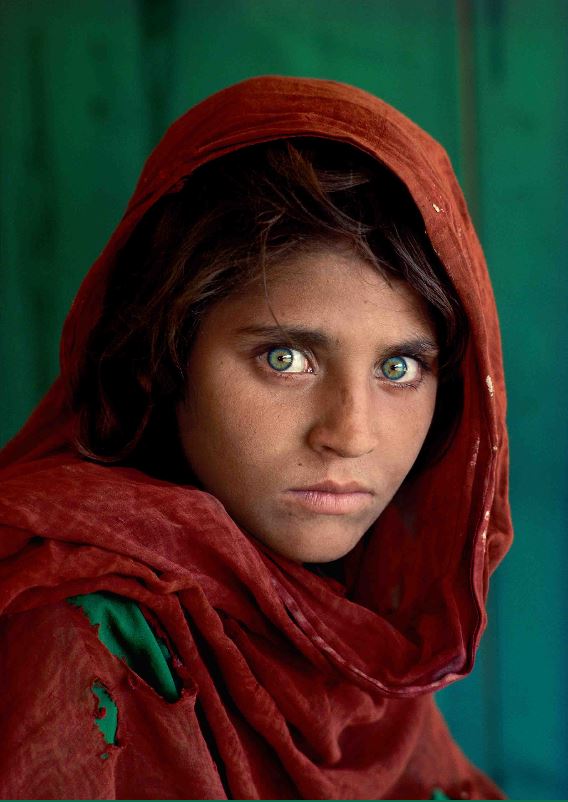1. My initial reaction to McCurry's work was awe at how vibrant each photograph is, and how vividly I could sense/feel the emotions portrayed by his subjects.

2. I would categorize McCurry's work as multicultural humanist photography, as he mainly captures people of all different backgrounds and their struggles/the culture that is retained within them even throughout conflict.
3. Henri Cartier-Bresson is also a humanist photographer, but I prefer McCurry's work more, due to his stunning use of vibrant colors, adding to his cultural themes. Bresson's work is mainly French street photography, therefore it misses out on capturing the beauty and pain of other cultures.

4. I honestly love McCurry's work, and I can't think of any changes that would make it better. However, someone else might want to try more candid photography of unsuspecting subjects, instead of making the connection with the subjects first. I think it would be less respectful and successful that way, but I also think there could be some benefits to capturing someone who isn't acting, even subconsciously, for the camera.
5. McCurry's quote accurately reflects his photographs, as they all have an individual energy and vibrancy to them that allows each of them to stand apart from others, even those in the same collection. I am very impressed by his ability to ensure that no two photos look alike.

Comments
Post a Comment